Preschool STEAM is the combination of Science, Technology, Engineering, Art and Math for Preschoolers. If you are familiar with STEM it is the same but with the addition of Art. (STEM +Art= STEAM).
The inclusion of Art and the emphasis of creative thinking is essential to any great innovative thinker, especially for young learners. Scientists, mathematicians, engineers and business leaders all need to develop creative thinking and problems solving skills to be successful.
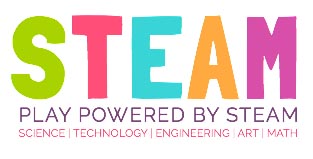 You can directly impact your child’s future success by incorporating STEAM thinking at home in your preschooler’s play today.
You can directly impact your child’s future success by incorporating STEAM thinking at home in your preschooler’s play today.
Notice, I said play! Play is learning!
Play is essential to your child’s overall healthy development. Unfortunately, many preschoolers today do not get enough free play time.
Letting your child have unstructured free play time everyday is the single most important thing you can do to foster a creative thinking while developing STEAM and problem solving skills.
If you don’t have time to do a full “activity” together, let your child have time to play.
In this post, I share how I take my child’s play and turn it into an investigation about leaves. I use my child’s questions to further explore and learn more about leaves. With the activity being child directed, your child is highly engaged in learning.
Over the course of several days I let my two young thinkers, Lil B (6) and M-Woww (4), lead an investigation about leaves.
We played with leaves, observed and documented leaves, created art with leaves and answered our questions about leaves.
I have broken up our STEAM leaf activities into a series of posts. This post covers what we did for day 1 of our STEAM learning with leaves.
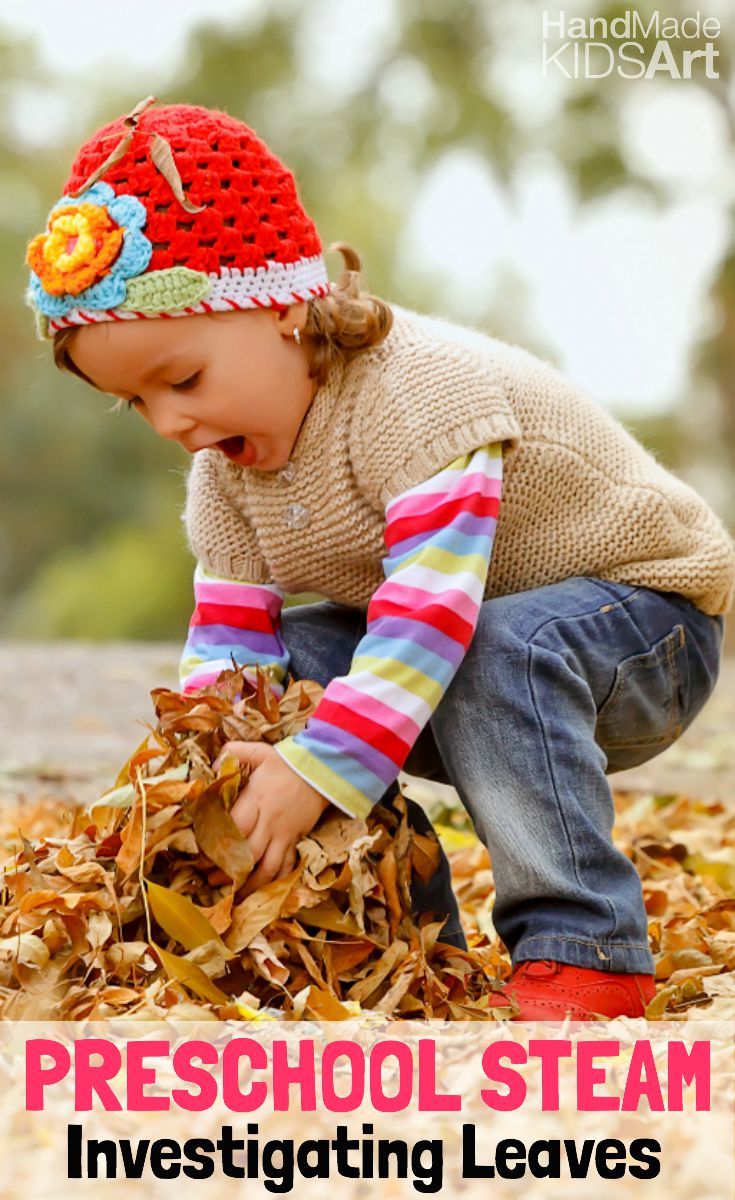
PRESCHOOL STEAM: Investigating Leaves
As I mentioned above, play is the most important thing you can let your child do, so that is where we started.
Play is even better when your child has the opportunity to play outside. The sensory experience of playing outside gives so many healthy benefits to your child’s overall development.
Step 1: Play
We went and played outside. I didn’t say anything about leaves but I saw that our deck was covered with a lot of leaves, so I was pretty sure Lil B and M-Woww would start talking about the leaves without me having to prompt with a question.
And sure enough…they immediately began to load up their dump trucks with the leaves and transporting them to one pile on the deck.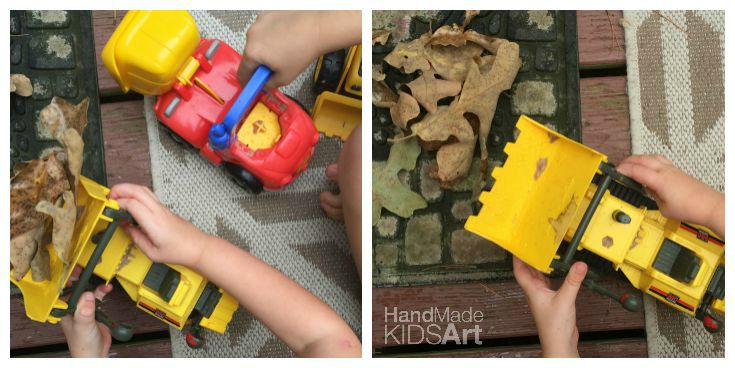
As they were creating, playing and story telling with the trucks and leaves they started to ask questions. Lil B wanted to know what happened to the tree after it lost all it’s leaves. This initial question launched our investigation.

Step 2: What Do We Know, What Do We Wonder?
Whenever we are exploring a topic, I like to prompt my child’s thinking by asking “what do you know” about the subject (in this case… leaves) and “what do you wonder”?
Being an artist or scientist is all about asking questions and I am trying to instill this into my two young learners.
I use the open-ended prompt, “I wonder…” to help get Lil B and M-Woww thinking and asking questions.
What does your child wonder about leaves? What does your child wish to know about leaves, trees…or fall?
Lil B wondered “Why do leaves fall to the ground?” and M-Woww wanted to know “Why do leaves change colors?”.
Many children have these same questions about leaves and it is a great starting point in discovering and learning more about leaves.
PART 3: Collecting and the 5 Senses
After playing and transporting leaves around the deck we decided to walk around the yard to examine other leaves. We collected different types of leaves, with a variety of sizes and colors of leaves as well.
While examining the leaves I continue to prompt their thinking with open-ended questions and encouraging them to ask more questions and asking what they think the answer may be. I also tried to incorporate the 5 senses in my open-ended questions.
What do you hear? (as we saw leaves falling)
What do you see?
What do leaves feel like?
What do the leaves smell like?
For taste (because I did not want my preschooler actually tasting leaves) we talked about the types of animals (or bugs) that do eat leaves and how would they would describe eating a leaf.
As we discussed our answers we continued to collect our leaves in a basket so we could continue our STEAM leaf investigations inside.
Creative Movement Tip: I like to incorporate gross motor skills and movement activities when I can. While observing leaves it is the perfect opportunity to pretend you are a falling leaf from a tree or a floating leaf in the wind and move around in the yard! Or if it is a windy day…chase the leaves!
Once we were back inside, we wrote down our original questions and “I wonders” to help guide our future leaf investigations.
If you wish here is a free printable of leaves to write down your “wonders”.
For this STEAM investigation, the majority of our time was spent playing. Lil B and M-Woww spent about 20 minutes playing with the leaves and we spent about 10 minutes exploring the yard for other leaves. Let your child lead the activity. If your child is losing interest in the activity, I suggest stopping your leaf exploration and allowing your child to chose what to play. You can always revisit your child’s “I wonders” later when they are more interested.
Coming up in our second post, I will share how we used technology to research our questions, how we observed the leaves we collected and a new art technique to help document and study the leaves.
In this post, we examined STEAM Preschool learning about leaves with Science.
Science: I can use my 5 senses to make observations about leaves.
Not every learning opportunity must contain all of STEAM in one activity. In fact, I advise against trying to do it all in one activity, especially for a young preschool learner. It may be too overwhelming.
I do recommend breaking up the activities, but here are some additional leaf STEAM activity extensions to help inspire more leaf investigations outside with your child.
STEAM ACTIVITY EXTENSIONS:
Technology: I can use a digital camera to photograph leaves.
Engineering: I can design and build a vessel to collect falling leaves.
Art: I can use leaves to create a piece of temporary land art in the yard.
Math: I can count the number of leaves I collected and sort them by size.
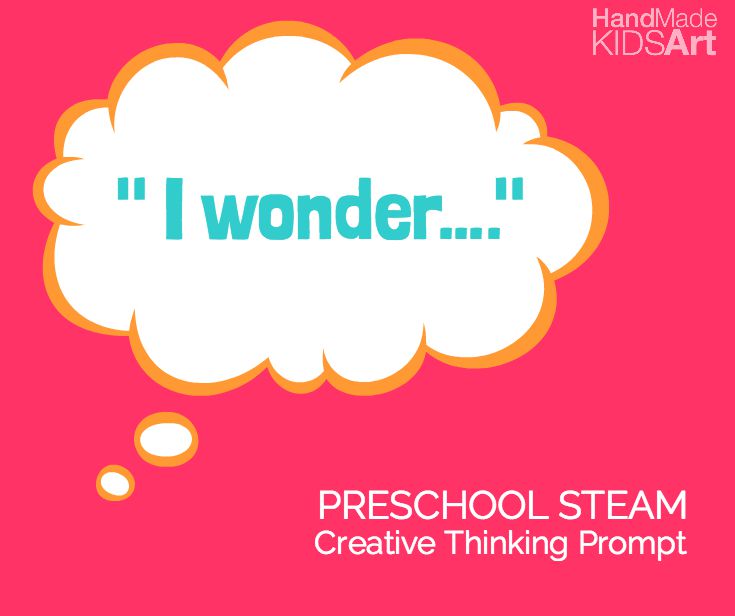
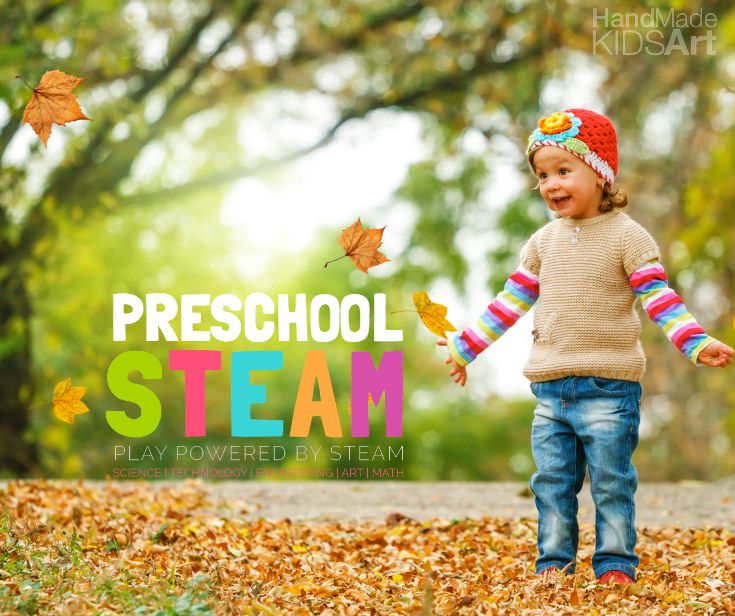
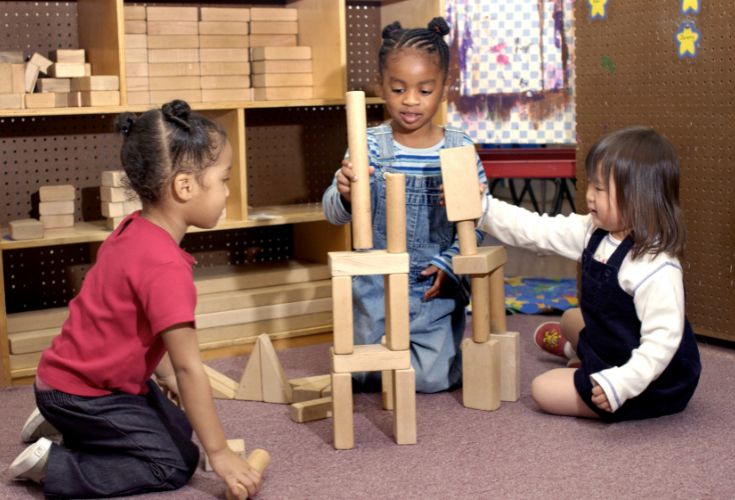
I got some great ideas from your post on leaf investigation. I like the way you incorporated the 5 senses into it. It is very important that we ask open-ended questions to our preschoolers. I’m ready to get started STEAMing!